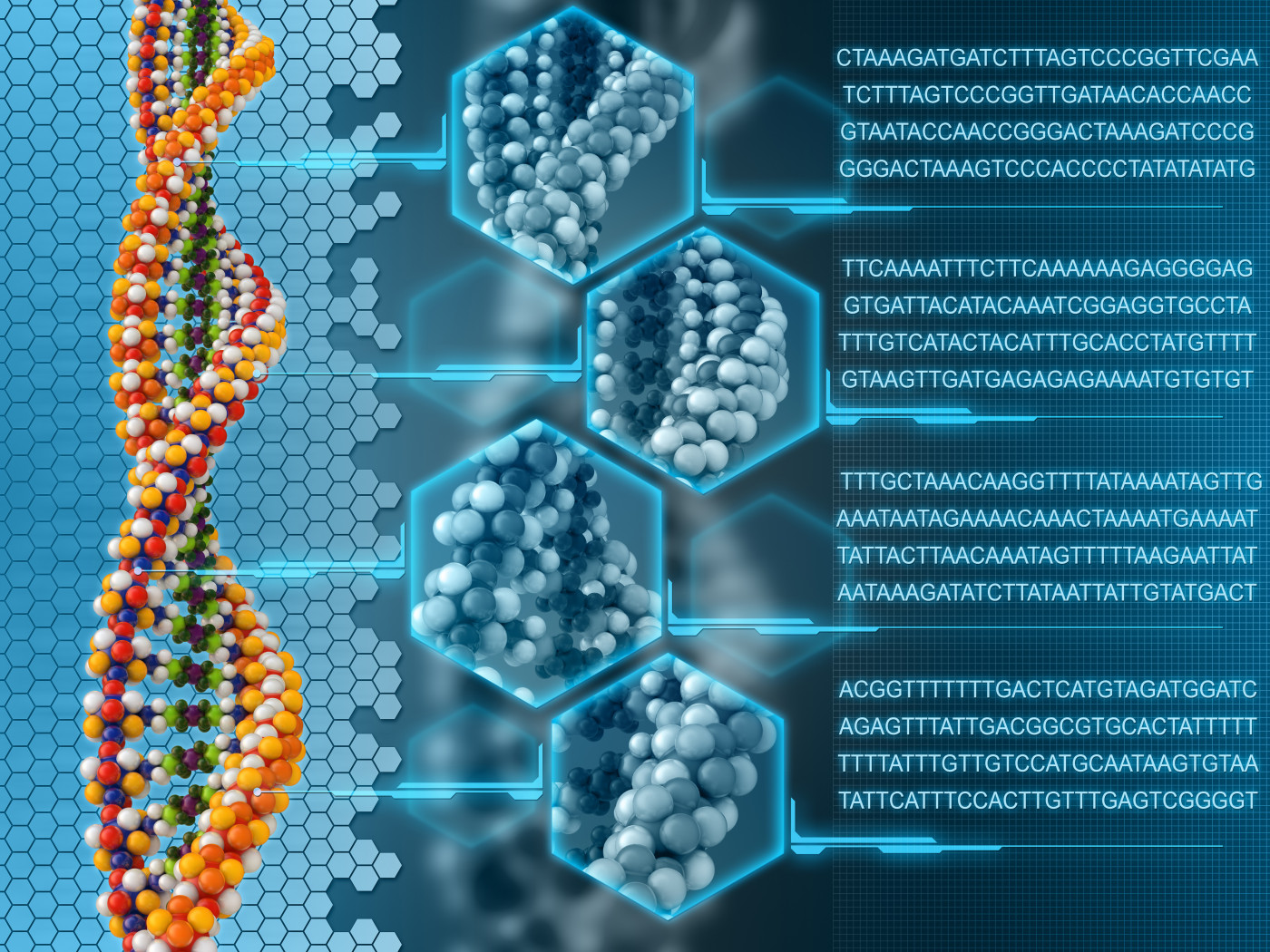Study Finds New Gene Mutation Leading to Recessive Dystrophic Epidermolysis Bullosa
Written by |

Japanese physicians have reported a newly discovered mutation in the COL7A1 gene, called c.6885_6898del14, which resulted in the development of recessive dystrophic epidermolysis bullosa (RDEB) in a child.
The results were published in a study titled, “A case of recessive dystrophic epidermolysis bullosa with a novel c.6885_6898del14 mutation in the COL7A1 gene,” in the Journal of Dermatological Science.
RDEB, an inherited skin disorder that causes blistering of the skin and mucous membranes, is caused by mutations in the COL7A1 gene, which lead to reduced production of the COL7 collagen protein that is important for the integrity of the skin.
This report features the case of a 2-day-old child who had skin fragility since birth. Physicians also noted subungual hemorrhages, or the collection of blood under a nail, and mild nail deformity. Further analysis showed that levels of COL7 protein were markedly reduced.
A technique called transmission electron microscopy showed that areas under the skin had few, thin, poorly formed anchoring fibrils — the structures that are essential to the functional integrity of skin and whose major component is COL7 collagen — which leads to skin fragility.
Taken together, these results led doctors to diagnose the patient with RDEB.
Physicians analyzed the child’s DNA for mutations and discovered that the girl was heterozygous for the mutations c.6573 + 1G > C and c.6885_6898del14 in the COL7A1 gene. This means that the child had inherited two different mutations from both parents that affected the same gene, COL7A1.
As RDEB is a recessive disease, if a child receives only one mutation, they will not develop the disease. But the inheritance of two mutations from both parents leaves a patient with no “correct” copy of the gene and causes the development of RDEB.
The mutation c.6573 + 1G > C is a recurrent and common mutation in the Japanese and Korean populations. It leads to a process called “downstream premature termination codon (PTC),” which causes the production of a COL7 protein that is significantly shorter than normal. This shorter version of the protein is unable to carry out its regular activities.
On the other hand, the pathogenic mechanism of the c.6885_6898del14 mutation was unclear. Therefore, physicians set out to analyze the effects of this particular mutation.
Genes code for molecules called mRNA, which in turn code for the production of protein. Researchers discovered that the mutation c.6885_6898del14 resulted in two potential versions of the mRNA molecule, both with a PTC.
These mRNAs with PTC are thought to be targeted by a process in the cell called nonsense-mediated mRNA decay. This process is normally triggered to clear out the cell of mutated copies of genes. In this case, the nonsense-mediated mRNA decay caused the patient to have a complete loss or marked reduction of COL7A1 mRNAs, which in turn resulted in a complete loss or marked reduction of COL7 collagen protein.
“We reported here an RDEB patient with c.6573+1G>C and c.6885_6898del14 mutations in COL7A1. c.6885_6898del14 was found to be a previously unreported mutation that leads to the complete loss or marked reduction of COL7,” the researchers concluded.





